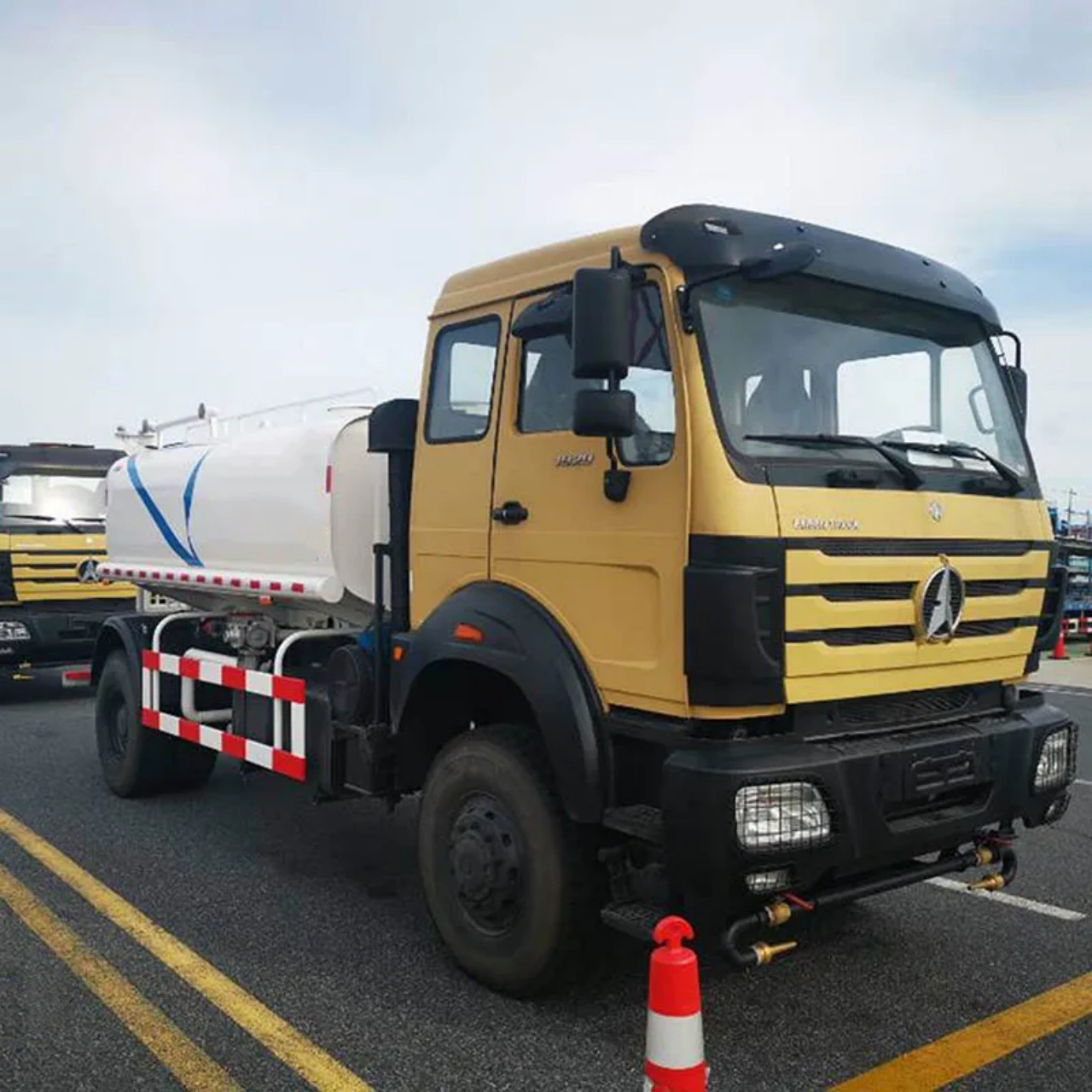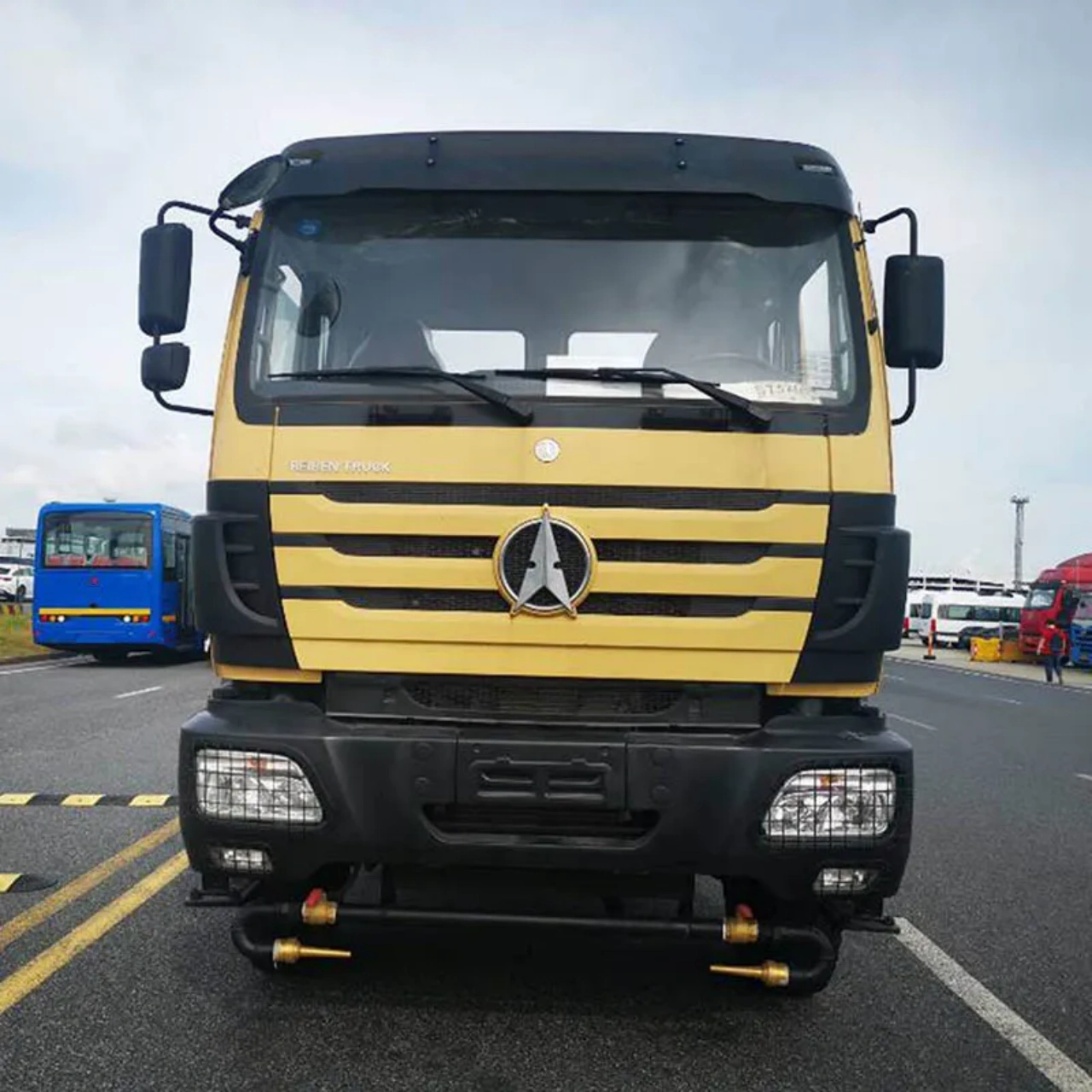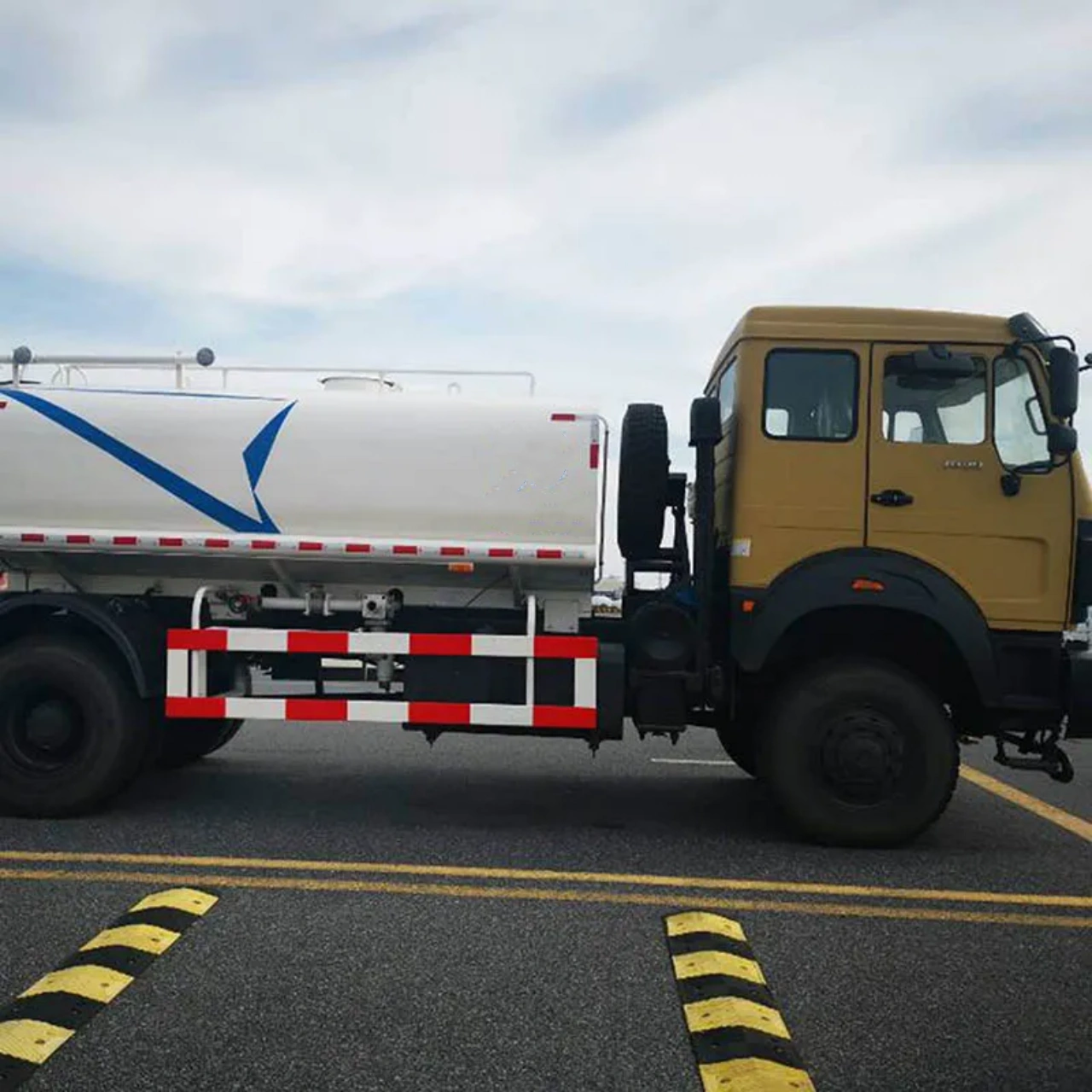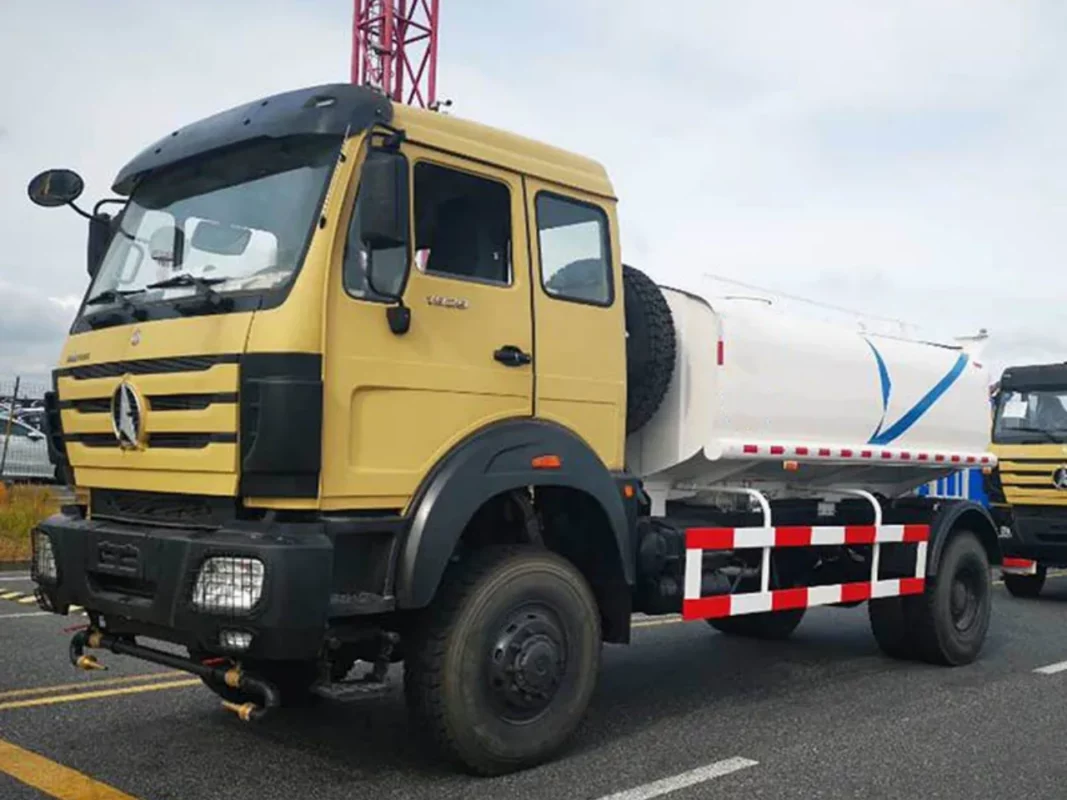Water is an essential resource for life, health, agriculture, and industry. Yet, in many parts of the world, access to clean and sufficient water remains a challenge due to drought, conflict, natural disasters, poor infrastructure, or remote geographical locations. In such contexts, water trucking has emerged as a critical solution to address water scarcity and deliver emergency or supplementary water supplies. But what exactly is water trucking, how does it work, and what are its advantages and limitations?
Understanding Water Trucking
Water trucking refers to the practice of transporting water by trucks fitted with large water tanks from one location (typically a water source like a river, lake, borehole, or municipal water system) to another location in need of water (such as a village, refugee camp, construction site, or industrial facility). It is a method used both in emergency response and in planned service delivery, especially where permanent water infrastructure is lacking or damaged.
Water trucking is commonly used in humanitarian emergencies, especially in drought-prone regions or conflict zones. It is also employed in urban settings during water shortages or pipe maintenance and in rural areas where no piped water systems exist.

Components of a Water Trucking Operation
A typical water trucking operation consists of the following key components:
- Water Source: This can be a natural water body, a public water supply, or a borehole. The water source must be sustainable and clean, or it may require treatment before distribution.
- Water Truck: A specially designed vehicle equipped with a sealed tank (usually made of stainless steel, aluminum, or food-grade plastic), a pumping system, and hoses. The tank capacity may vary from a few thousand liters to tens of thousands, depending on the truck type.
- Delivery Points: These are locations where water is offloaded. They might be water storage tanks in communities, standpipes, or directly into containers provided by households or organizations.
- Personnel: Trained drivers, pump operators, and field supervisors ensure the water is transported safely and hygienically.
- Logistics and Coordination: Managing routes, fuel, schedules, and coordination with local authorities and communities is crucial for efficiency and equity.
Applications of Water Trucking
Water trucking is used in a variety of settings:
- Humanitarian Aid: During crises like droughts, floods, or war, humanitarian agencies truck water to displaced populations, refugee camps, and affected communities to prevent dehydration and disease outbreaks.
- Rural and Remote Communities: In arid and semi-arid regions without reliable water infrastructure, water trucking becomes the main water delivery method during dry seasons.
- Urban Water Shortages: In cities experiencing water rationing or pipe bursts, municipal services may rely on water trucks to supply hospitals, schools, and residential areas.
- Construction and Mining Sites: Industries often use water trucks to suppress dust, mix concrete, or supply camps in off-grid areas.
- Agriculture: In times of drought, farmers may depend on water trucking for livestock and crop irrigation, especially in dryland farming zones.

Benefits of Water Trucking
While water trucking is not a long-term solution, it offers several advantages in specific contexts:
- Rapid Deployment: Water trucks can be mobilized quickly, making them ideal for emergency relief operations where time is critical.
- Flexibility: Trucks can reach isolated or difficult terrains that lack pipelines or permanent infrastructure.
- Targeted Distribution: Water can be delivered to specific high-need areas, reducing waste and ensuring effective use of resources.
- Temporary Bridge: It serves as a stopgap measure while more sustainable water systems are being developed or repaired.
- Supplemental Supply: Water trucking can augment existing supplies during peak demand or seasonal shortages.
Challenges and Limitations
Despite its usefulness, water trucking has notable limitations that must be considered:
- High Costs: Fuel, vehicle maintenance, labor, and logistics make water trucking expensive, especially over long periods.
- Limited Reach: The volume a truck can deliver is finite, making it impractical for large populations or areas with high water needs.
- Environmental Impact: Frequent truck operations contribute to greenhouse gas emissions and road degradation.
- Water Quality Issues: If not managed properly, tanks and hoses can become contaminated, leading to the spread of waterborne diseases.
- Dependency: Over-reliance on water trucking can delay investment in sustainable water infrastructure and foster a dependency mentality in communities.
- Security and Access: In conflict zones or areas with poor roads, reaching target locations safely and on time can be a challenge.

Best Practices in Water Trucking
To maximize the effectiveness of water trucking, certain best practices are followed by governments, NGOs, and water service providers:
- Water Quality Monitoring: Regular testing of water at source, in transit, and at delivery points ensures it meets safety standards.
- Community Engagement: Involving local leaders and residents in planning, distribution, and feedback helps build trust and efficiency.
- Tracking and Documentation: Using GPS, mobile apps, and data systems to track deliveries, monitor usage, and prevent fraud.
- Integration with Long-term Solutions: Water trucking should be part of a broader water security plan that includes boreholes, rainwater harvesting, and piped systems.
- Training and Capacity Building: Training staff in hygiene, vehicle operation, and crisis management strengthens the overall response.
Conclusion
Water trucking plays a vital role in addressing urgent water needs across the globe. It is a lifeline in emergencies, a temporary fix during shortages, and a practical solution in remote or underdeveloped regions. However, it is not without challenges, and its use must be balanced with efforts to develop long-term, sustainable water infrastructure. By understanding its meaning, mechanisms, and implications, stakeholders can make informed decisions about when and how to use water trucking effectively.
In a world where climate change, urbanization, and conflict continue to strain water resources, the role of water trucking will likely remain significant. Yet, the ultimate goal must always be to ensure that every person has reliable, safe, and affordable access to water, not just delivered by truck, but flowing consistently from a sustainable source.


